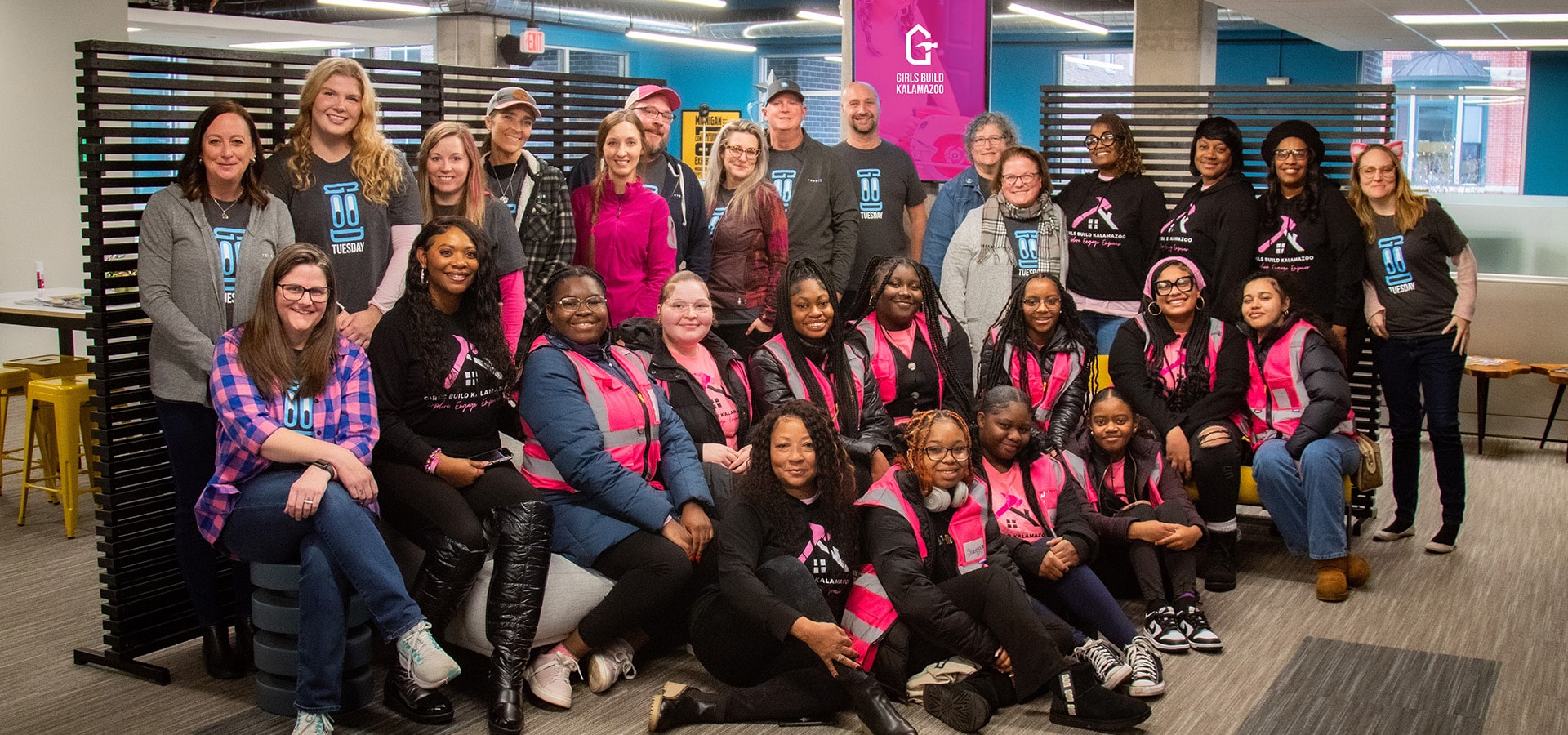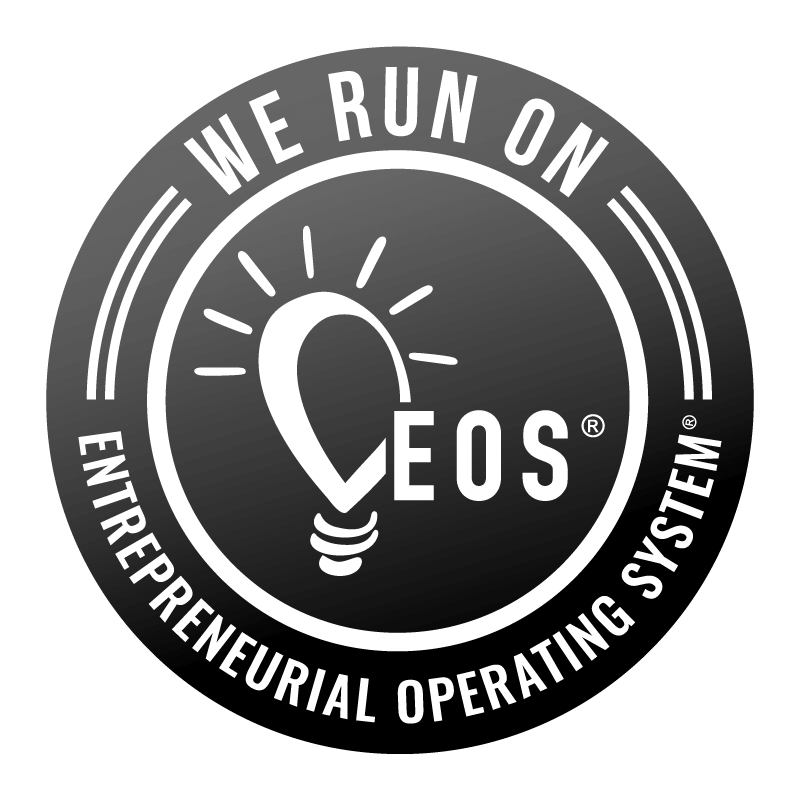A business primer for the metaverse.
It’s hard to describe Neal Stephenson in just one word. On the surface, he’s an author that writes novels, short stories, and essays. His work has been described as speculative fiction, historical fiction, cyberpunk, postcyberpunk, and maximalist. (I had to google those last three words for the record.)
Labeling Stephenson as just a writer is selling him short. He’s also been a part-time advisor for Blue Origin, Jeff Bezos’s space exploration company, and the chief futurist for augmented reality device maker Magic Leap.
Stephenson’s father is an electrical engineering professor. His mother worked in a biochemistry lab. One of his grandfathers was a physics professor. The other was a biochemistry professor. Certainly, this explains why his writing explores mathematics, cryptography, linguistics, philosophy, currency, and the history of science.
I got to know Neal Stephenson through his audiobooks. I’ve listened to six of them so far. They’re all different. Those books, in the order I listened to them, are:
- Reamde is a story that centers on the plight of a hostage and the ensuing efforts of family and new acquaintances to rescue her as her various captors drag her about the globe.
- Seveneves tells the story of the desperate efforts to preserve Homo sapiens in the wake of apocalyptic events on Earth after the unexplained disintegration of the Moon.
- The Rise and Fall of D.O.D.O. chronicles the corruption of a government agency that uses technology-enabled magic to travel through time and manipulate history.
- Fall; or, Dodge in Hell is a book about digital immortality where the protagonist suffers a catastrophic setback during a medical procedure and ends up brain dead.
- Termination Shock is about a solar geoengineering project conceived by a Texas oil-industry billionaire who fires sulfur into the air to cool the planet by reflecting sunlight into space.
- Snow Crash tells the story of a katana-wielding hacker who jumps back and forth between dystopian Los Angeles and a virtual world called the metaverse.
(Full disclosure: I’m a bit of a nerd. I also like mysteries & thrillers, sci-fi & fantasy, sports biographies, and business books, so I feel like that makes me a well-rounded nerd.)
You may be saying to yourself, “I thought this was a marketing blog, not a book report,”…but it’s that last book that all marketers need to be aware of because it’s changing how businesses sell their products.
When talking about his 1992 novel Snow Crash in the Washington Post, Stephenson described an immersive virtual realm that’s accessed by sporting VR goggles. He wondered what to call this fantastical universe, where users get computer-generated bodies, go shopping, hang out with friends, attend concerts, and generally have a blast. A single word popped into his mind: “metaverse.” Mind you, this was nearly 30 years before Facebook announced it was changing its name to Meta.
What is the metaverse?
There’s no single agreed-upon definition for the metaverse. The one I like best is from Forbes. It describes it this way:
The metaverse is a combination of virtual reality and mixed reality worlds accessed through a browser or headset, which allows people to have real-time interactions and experiences across distances.
One of the first commercial applications of the metaverse was in 2003 when the game Second Life was released. Second Life combined an immersive 3D environment and social networking interaction. Other examples include the first cryptocurrency, Bitcoin (2009), and the augmented reality game Pokemon GO (2016).
Is your head spinning yet? Let’s see if we can clarify things by looking at how you get into the metaverse.
How do I enter the metaverse?
First, there’s no single metaverse. There are, in reality, serval different disconnected metaverses. Think of Coke and Pepsi–both are soda, but they taste different and appeal to separate consumers. Some metaverse platforms require you to download an app. Others you can access from your computer or smartphone.
For this blog, I’ll focus on how Meta is banking on us doing it. You’ll need:
- Virtual reality headset like Meta’s Oculus Quest 2
- Connection to the internet
- Facebook or Oculus account
- Credit card to play games, buy apps (though there are free apps), watch videos, listen to music, etc.
I got my Oculus, and within minutes, I was playing Beat Saber and slashing beats to adrenaline-pumping music and working out on the Galapagos Islands in Supernatural.
Why does the metaverse matter to businesses?
In a word–commerce. The metaverse is big business. Think of it as a Playstation, Netflix, YouTube, Facebook, Zoom meetings, a virtual workspace, and a place for learning all rolled into one.
From a marketing perspective, the metaverse allows businesses to target messages, display virtual advertisements, and create customized experiences like a virtual concert by rapper Travis Scott, hosted in Fortnite and sponsored by Nike.
The metaverse can also enhance productivity and help us learn things. A few business-related apps for Oculus are Smartsheet for project management, Mondly to learn a new language, and Workrooms for people to come together to work in the same virtual room.
Admittedly, the standards are still evolving. Lamina1 recently launched an effort to give creators the tools they’ll need to launch their projects in the metaverse. The company has a familiar name behind it. Neal Stephenson himself is one of the co-founders along with crypto pioneer Peter Vessenes of Bitcoin fame.
Think of the metaverse as someplace for consumers to potentially interact with your brand, products, services, and each other.
Even so, the metaverse is years away from becoming mainstream for the average business.
Summary
If all of this is a bit overwhelming, you’re not alone. In summary, here are six things to know about the metaverse:
- The term “metaverse” was first used by author Neal Stephenson in 1992.
- The metaverse is a combination of virtual reality and mixed reality worlds accessed through a computer browser or headset.
- There’s no single metaverse. There are instead serval different disconnected metaverses.
- The first commercial use of the metaverse was in 2003 with the game Second Life.
- The metaverse is a place where people can buy stuff.
- The metaverse is years away from becoming mainstream for the average business.
Although the metaverse is here today, businesses have time first to understand and then develop a strategy for these new virtual worlds since the metaverse is a place people exchange money for goods and services. As any marketer worth their salt knows, that’s a place worth learning more about.









